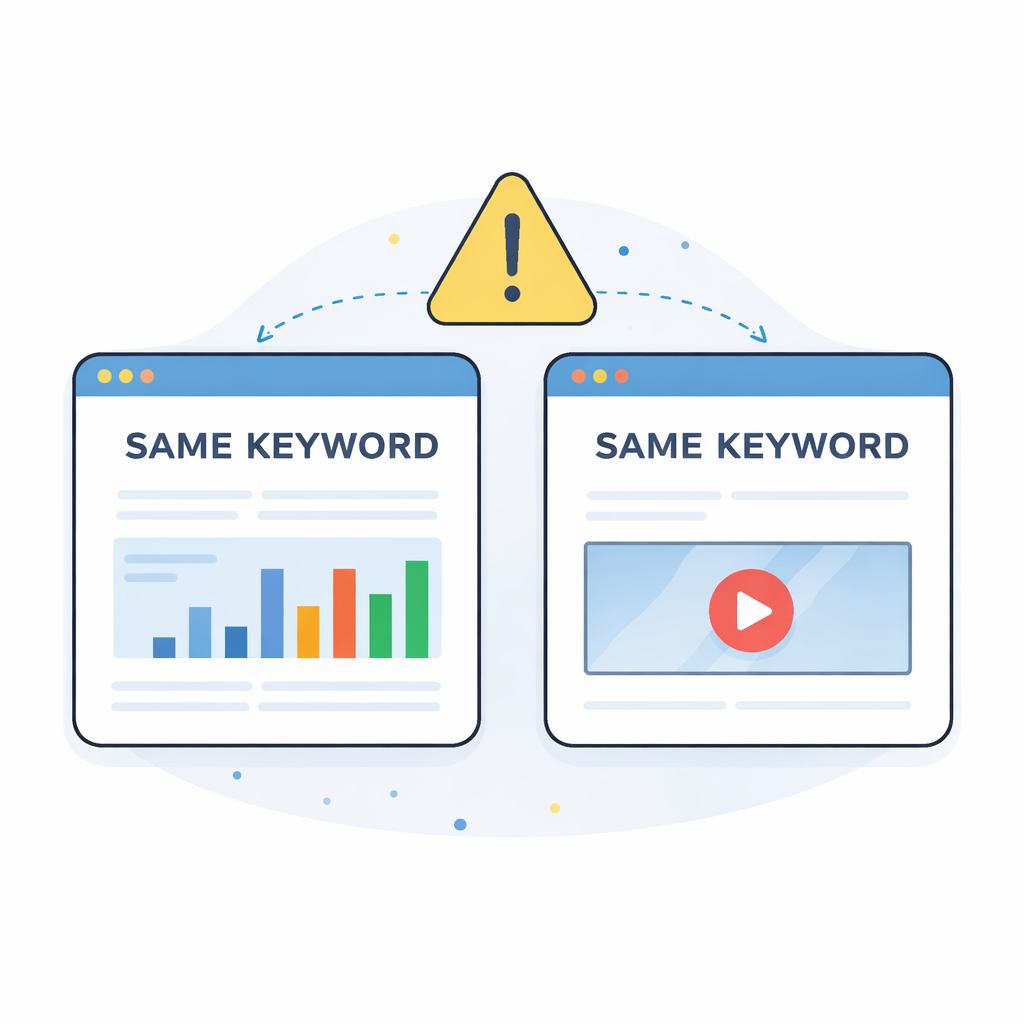

It's important to do a periodic audit of your website for SEO effectiveness, particularly if you haven't been getting the results you are looking for. This basic SEO checklist will help you assess your current performance and find opportunities to improve. Here's what you should look for in a website SEO audit checklist.
In order to succeed with your SEO strategy, you need to understand what you want to achieve. Are you simply trying to improve your web traffic, or are you looking for an increase in leads or even in sales? Once you know what you're looking to achieve, it's easier to measure your performance and identify room for improvement.
If your SEO hasn't been performing the way you have expected, you may want to check and see if you have any Google penalties. You can check for manual penalties under the Google Search Console - they will be listed under 'manual actions'. To search for algorithmic penalties, check the dates of the last change in the SEO algorithm, and then look for any sharp changes in performance on those days. If your performance has dropped off on that day, it's likely because the algorithm is penalizing your site. Research the algorithm changes to see what SEO changes you may need to make.
Next, you'll want to see how your website shows up when you search for your brand name. This will give you an idea of any issues with your meta description and page title, plus you'll be able to make sure that someone else isn't ranking higher than you for your own brand name. Then, check to see how your page is performing for your targeted keywords. If there are other pages ranking ahead of you, look at their sites to assess what strategies might be working better for them.
If you aren't particularly familiar with technical SEO, you may want to hire a professional SEO consultant to help you with this one. An SEO audit focuses on things like the format of your URLs, the structure of your website, and the structure of your data. Some key things to check for are well-formatted URLs, a good breadcrumb menu, a good site map, and optimized robots.txt file, just to name a few.
Another key factor to look at is your website speed and whether or not it is mobile friendly. Google looks for pages that load quickly and that work well on any device, as they're easier for consumers to read. Having a HTTPS URL will also help your chances of ranking, because it indicates that your site is secure.
Next, you'll need to go through your site step by step and check for good formatting for on-page SEO. This means titles and subheadings with proper heading tags, appropriate keywords in your content, and both internal and external links. Test each link to make sure it works properly and is not broken. Make sure your content incorporates lists and proper formatting, which makes it easier to read.
Your images should also be properly labeled for SEO with clean file names. This will likely be the most time consuming part of your audit, but it's also the most important, so don't skip it.
In addition to SEO on your website, it's important to look at offsite factors that will affect your SEO.
You'll want to review your social media posts - make sure you're using the same keywords, linking to your website appropriately, and staying on brand. You will also want to look at other sites that link to yours. Backlinks can raise your rankings, but they need to be reliable ones. Google Search Console will allow you to see all of the backlinks to your page. From there, you can identify any backlinks that aren't from trusted sources and take steps to remove them.


